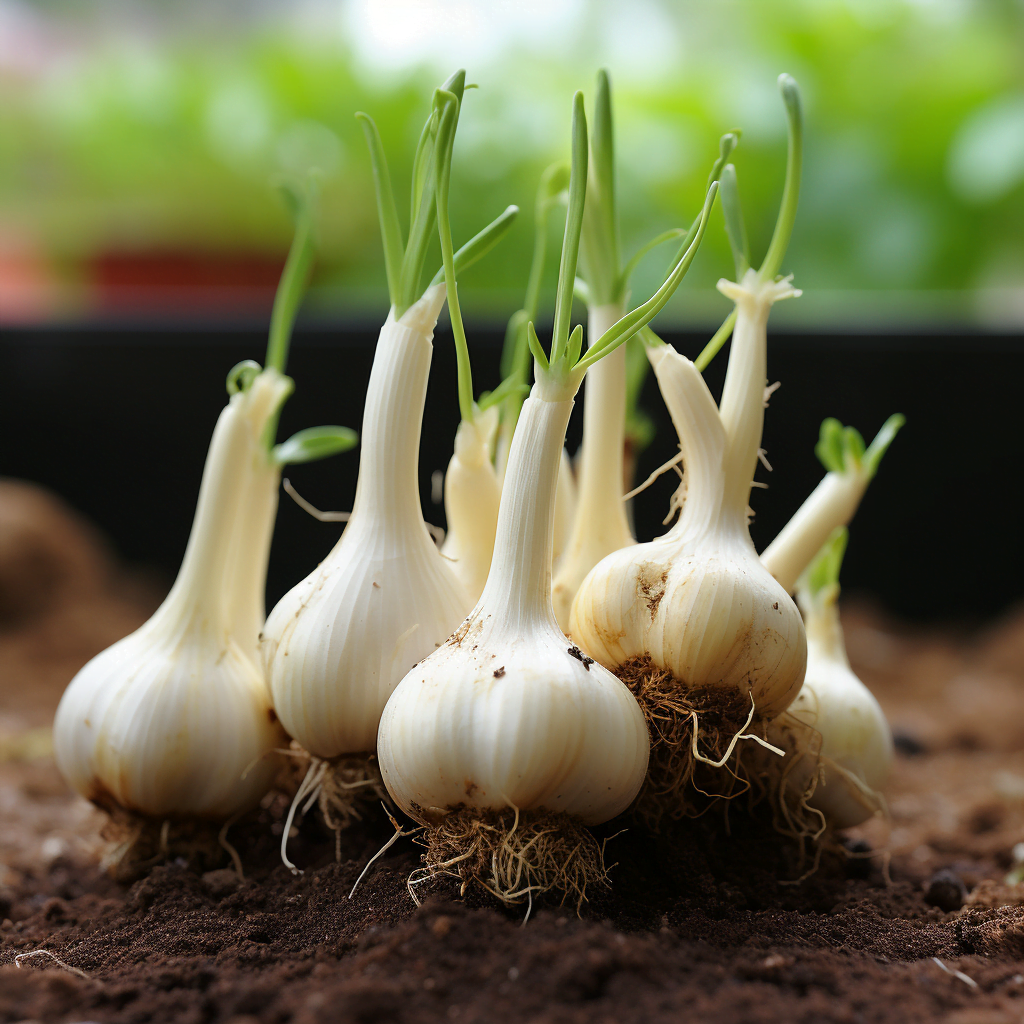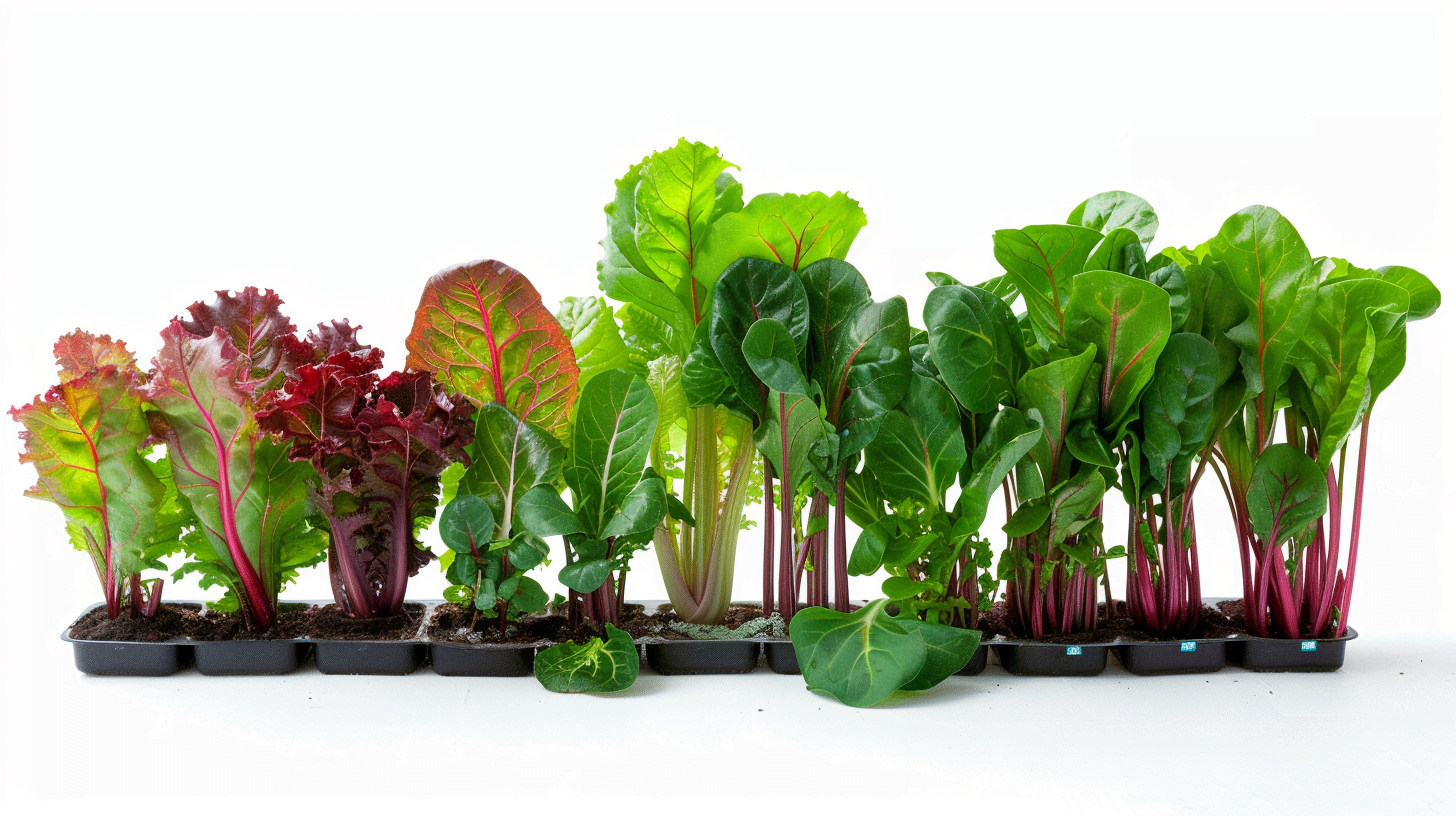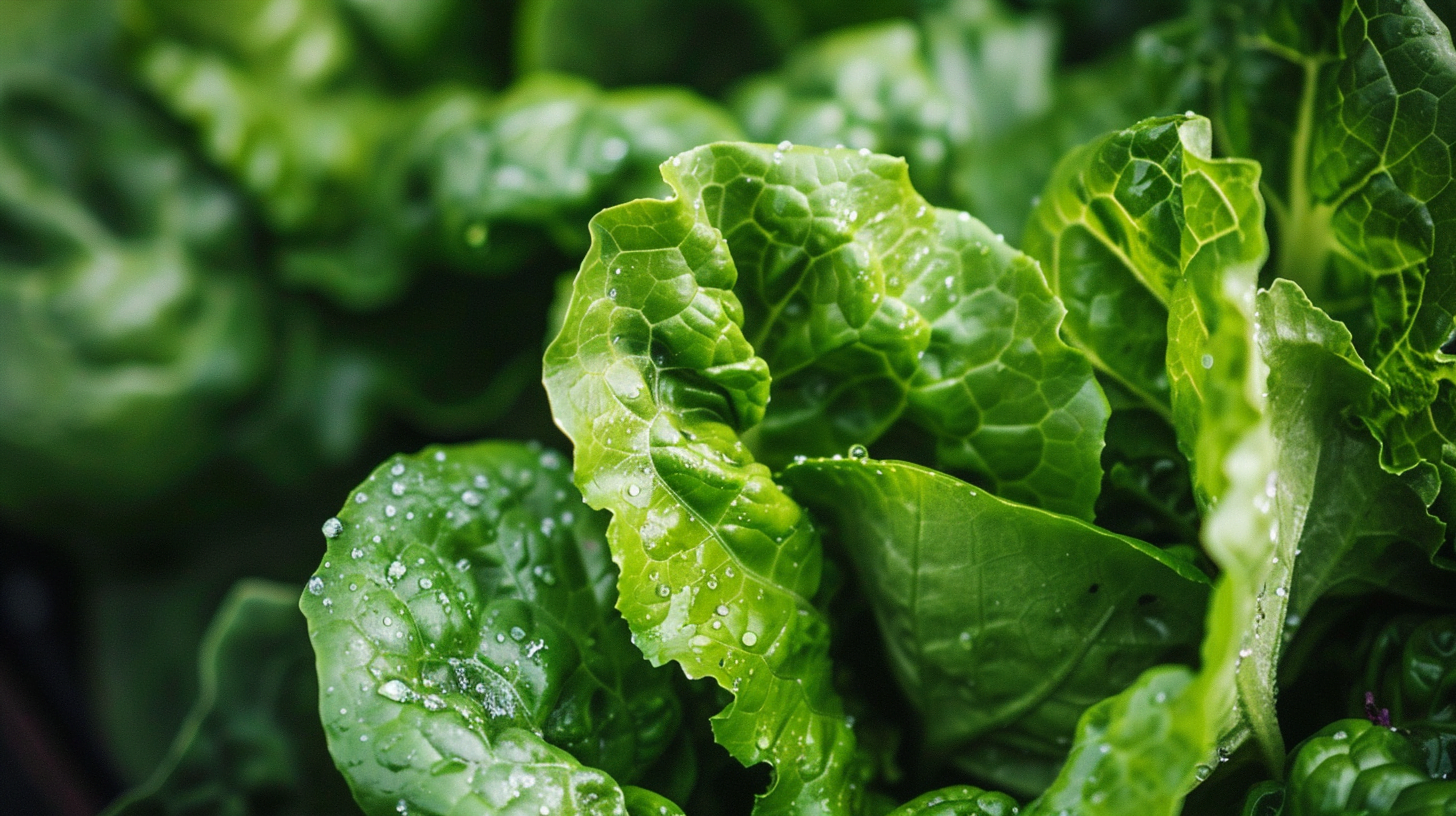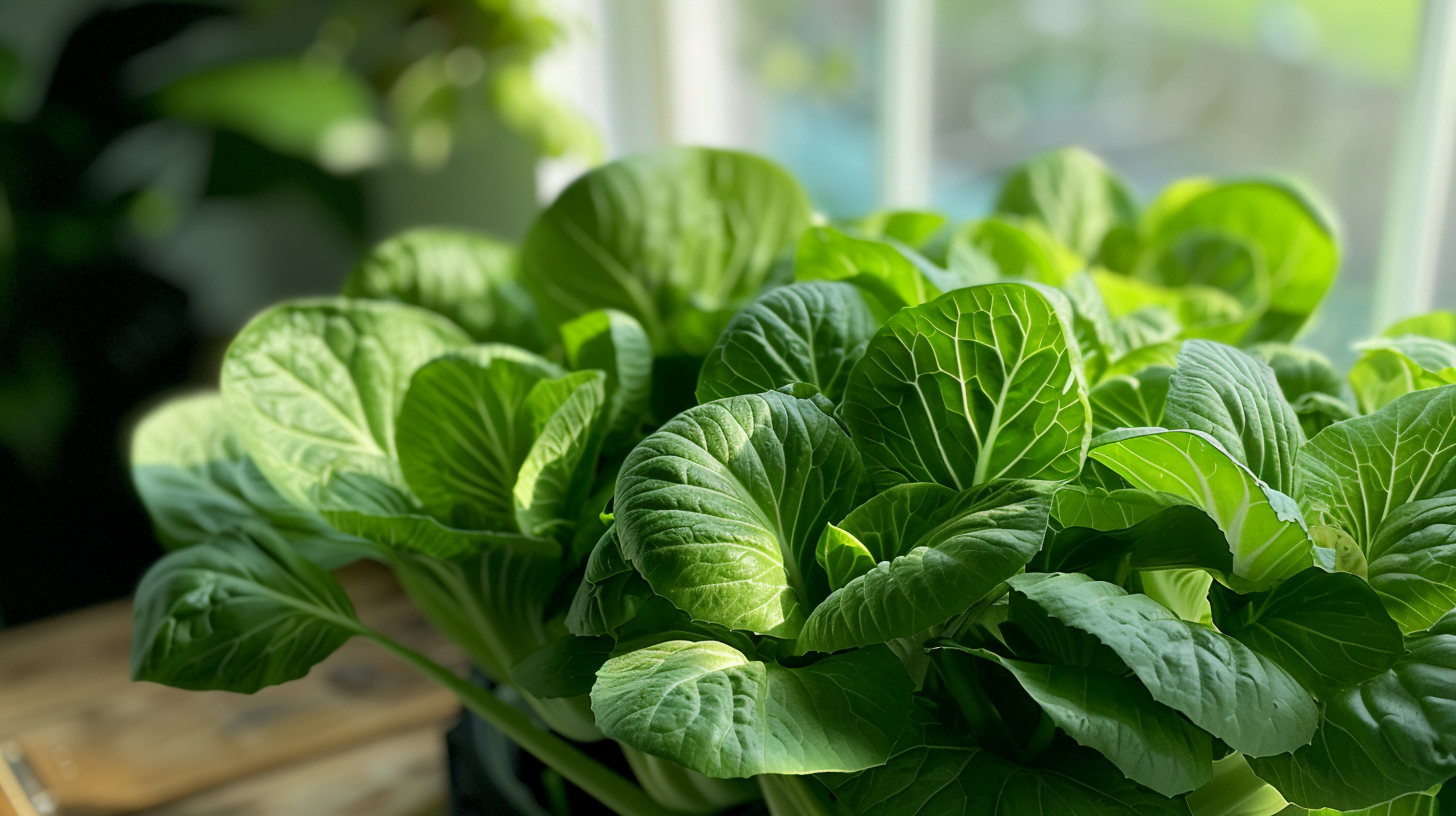Hydroponic gardening has been growing in popularity as a method of cultivating plants in a controlled, high-yield environment. While commonly used for leafy greens, herbs, tomatoes, and other vegetables, garlic can also be grown hydroponically. This allows home gardeners to enjoy the many benefits of hydroponics specifically for growing garlic. So Can I Grow Garlic Hydroponically? Indeed, in this article, we will explore the benefits and methods of growing garlic hydroponically. Learn about the advantages of this innovative approach to gardening, and discover step-by-step instructions for successful cultivation.
Benefits of Growing Garlic Hydroponically
- Higher yields – By precisely controlling the nutrients, light, temperature, and humidity in a hydroponic system, garlic plants can devote more energy to growing large, healthy bulbs. Hydroponic garlic often produces higher yields per square foot than traditional soil methods. In fact, yields can be up to 50% higher in a well-managed hydroponic garlic garden.
- Faster maturation – The optimized conditions in a hydroponic system enable the garlic plants to mature faster. Bulbs reach full size in an average of 9-10 months compared to 10-12 months when grown in soil. The constant availability of nutrients and ideal growing parameters shaves off considerable time.
- Avoid soil-borne diseases – Hydroponic cultivation eliminates problems with fungi, bacteria, and pests that can plague garlic grown in the ground. The sterile, controlled environment keeps the plants healthy. Without soil, there is no chance of soil nematodes, fungi, or bacteria infecting the garlic roots.
- Precise control over nutrients – The hydroponic gardener can fine-tune the exact nutrients that garlic plants need throughout their lifecycle for optimal health. This precision leads to better bulb formation. You can carefully calibrate the formula and concentration of nutrients as the plants progress through vegetative growth, bulbing, and maturation phases.
- Grow year-round – With the right equipment, hydroponic garlic can be grown in any climate or season since the environment is controlled indoors. If you live in a region with extreme winters that prohibit growing garlic successfully outdoors, a hydroponic system allows you to bypass climate limitations.
- More efficient use of space – Vertical hydroponic systems can grow lots of garlic in a small footprint, saving room compared to traditional gardening. Several vertically stacked grow shelves can hold many robust garlic plants.
- Convenience – Checking pH levels, adding nutrients, and monitoring the hydroponic garlic is easier than tending to plants outdoors. The controlled environment also reduces risks of weather damage.
- Weed/pest free – When growing hydroponically, you don’t have to worry about weeds invading your garlic patch or pests like gophers burrowing in. The sterile indoor system keeps plants safe.
- Water conservation – Hydroponics uses up to 90% less water than soil gardening. Nutrient solutions can be recirculated and reused efficiently.
Choosing a Hydroponic System for Garlic
There are several types of hydroponic systems to choose from:
- Deep Water Culture – Plants sit with their roots suspended in a reservoir of nutrient-rich water. Requires oxygenation of the water. Simple and inexpensive to set up. The continuous bath of highly oxygenated water promotes excellent root growth.
- NFT (Nutrient Film Technique) – Plants sit in plastic channels while a thin film of nutrient solution flows through continuously. Requires no medium. Not ideal for garlic, as the thin film dries out the roots which prefer constant moisture.
- Wick System – Plants are held in place by an inert medium like perlite while bottom-fed by nutrient solution from a reservoir. The wicking action provides a constant supply of moisture that garlic favors.
- Aeroponic – Plant roots are misted with an air/nutrient spray in a chamber. High oxygen levels promote growth. Too dry for garlic plants.
- Ebb and Flow – Plants sit in an inert medium while nutrient solution intermittently floods the grow tray then drains out. The drying periods between floods may stress garlic plants.
Deep water culture and wick systems are typically the best choices as they provide the consistent moisture levels garlic prefers. NFT and aeroponic systems can work but may require more irrigation management to keep garlic roots sufficiently hydrated.
For small-scale home growing, wick systems are a great choice as they are simple to assemble and maintain. Use plastic buckets or totes for the reservoir, fill with a growing medium like perlite or clay pebbles, and run wicks from the buckets up to the planting area.
For large production scale, deep water culture systems give high yields, though they require more equipment like air pumps. Try a series of channels or pipes with net pots suspended over the nutrient bath.
Setting Up Your Hydroponic Garlic Garden
To start growing garlic hydroponically, you will need:
- Hydroponic system – Choose an appropriate system for garlic like DWC or wick
- Grow lights – Full spectrum LED grow lights work well, providing intense light for bulb growth
- Air pump and air stones (if using deep water culture) – Oxygenate the water
- Nutrient mixes – Use hydroponic formulas tailored for garlic or alliums
- Medium – Try clay pellets, perlite, vermiculite, coconut coir, or growstones
- Garlic seed cloves – Select varieties suited to hydroponic cultivation
Key nutrient solutions for healthy garlic growth include:
- Calcium – Strengthens cell walls as bulbs enlarge
- Magnesium – Aids enzyme functions and metabolism
- Sulfur – Promotes bulb development
- Phosphorus – Important for maturation and bulb swelling
- Potassium – Supports overall plant vigor and disease resistance
- Nitrogen – For leafy vegetative growth in early stages
- Iron – Essential for chlorophyll synthesis
- Manganese and Zinc – Used for plant enzyme activities
Test and adjust pH to 5.5-6.5 and EC to 1.2-1.6 using meters. Garlic thrives in mildly acidic conditions.
Plant single garlic cloves with the pointed end up in the growing medium spaced 3-4 inches apart. Let them establish for 1-2 weeks before turning on grow lights.
Caring for Hydroponic Garlic Plants
- Maintain water temperature between 65-75°F – Garlic growth can slow outside this optimal range.
- Ambient air temperature should be 60-80°F – Cooler temps may induce early bulbing.
- Set grow lights to 18 hours per day at first, reducing to 12 hours as bulbing starts – Let at least 2 leaves appear before reducing light hours.
- Check pH and EC levels weekly – Fluctuations can induce deficiencies so closely monitor.
- Top off nutrient reservoir with fresh solution every 1-2 weeks – More often in smaller reservoirs.
- Watch for signs of disease, mold, or nutrient problems – Rapid action needed if issues arise.
- Increase phosphorus levels in nutrients as bulbing begins – This signals the plant to divert energy to bulb growth.
- Reduce watering frequency as bulbs enlarge – Too much moisture can cause bulb splitting.
- Increase airflow and ventilation during bulbing stage – This prevents mold and bacterial growth on leaves and bulbs.
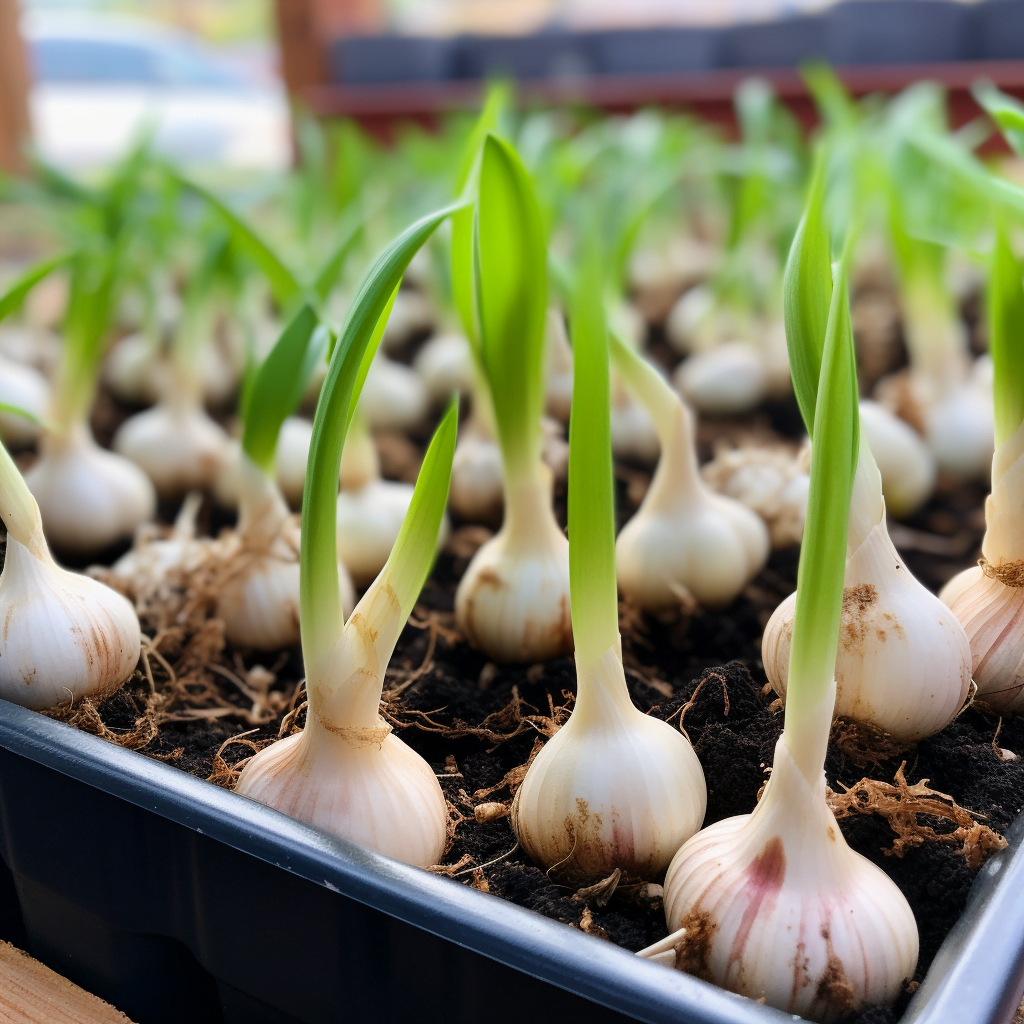
Harvesting Hydroponically Grown Garlic
After 9-10 months, garlic tops will yellow and dry out when bulbs are ready to harvest.
- Gently wash bulbs to remove growing medium – Take care not to damage the papery covering.
- Allow bulbs to dry and cure out of direct sunlight for 2-3 weeks – Curing enhances flavor.
- Store cured bulbs in cool (50°F), very dry conditions – Proper storage preserves bulbs for months.
- Yield will depend on variety and growing conditions – Expect 3-6 bulbs per clove planted and 4-6 inches bulb size.
- Harvest smaller “baby” garlic bulbs earlier at 6-8 months – Pick these before full maturation.
With efficient spacing, a 10 sq ft hydroponic garden can yield 5-10 lbs of garlic.
Troubleshooting Common Hydroponic Garlic Problems
Even in a controlled hydroponic environment, issues can arise while growing garlic. Watch for these common problems:
- Slow growth – If plants are growing slowly, increase water temperature, nutrition levels, or light intensity if suboptimal.
- Small bulbs – This can be caused by low phosphorus, insufficient light once bulbing starts, or planting cloves too close together.
- Tip burn – Brown seared leaf tips indicate high salt buildup. Flush the system with fresh water to reduce fertilizer concentrations.
- Nutrient deficiencies – Leaves yellowing or turning pale point to a lack of particular nutrients. Identify and correct deficiency.
- Root rot – Too much moisture causes fungal or bacterial rots. Improve drainage and air circulation.
- Mold growth – Due to high humidity, poor ventilation, or crowded plants. Increase air flow.
- Pests – Most common are fungus gnats, thrips, or spider mites. Use organic pest control methods.
By promptly addressing issues if they emerge and maintaining ideal growing conditions, hydroponic garlic thrives free of major problems. Proper prevention and care leads to bountiful, beautiful bulbs.
Here are some other tips for troubleshooting hydroponic garlic:
- Test pH and EC levels frequently to catch fluctuations before they become problematic. Keep detailed logs.
- Sterilize the system periodically with a mild bleach solution to prevent disease buildup.
- Ensure the nutrient reservoir stays filled and aerated. Low oxygen levels invite root rot.
- Avoid overcrowding plants which creates humidity and air circulation issues.
- Introduce beneficial insects like ladybugs or lacewings early on to manage potential pests.
- Check for clogged irrigation lines or malfunctioning pump timers which can lead to floods or droughts.
- Keep an eye out for early signs of nutrient deficiencies like yellowing leaves or stunting.
- Monitor for insect eggs or larvae on leaves and remove them immediately before infestations start.
- Remove any diseased or dying foliage promptly to prevent spread.
Growing Different Garlic Varieties Hydroponically
While all garlic can be grown hydroponically, some varieties perform better than others in an indoor controlled environment.
Softneck Garlic
- ‘Silver White’ – High yielding large bulbs with mild flavor
- ‘Artichoke’ – Vigorous grower with distinct flavor
- ‘Silverskin’ – Easy to grow with longer shelf life
Hardneck Garlic
- ‘Rocambole’ – Easier to peel, intense garlic flavor
- ‘Porcelain’ – Large, robust bulbs that store well
- ‘Purple Stripe’ – Beautiful purple striped bulbs, spicy flavor
The bolting tendency of hardneck types is minimized in indoor conditions, making them a good hydroponic choice. Avoid rare heirloom varietals which may not adapt as well.
Select garlic bred specifically for hydroponic cultivation if available. Seeds from cloves sold for eating may be less suitable. Order from reputable hydroponic seed suppliers.
Final Thoughts on Growing Garlic Hydroponically
Hydroponic garlic cultivation allows home gardeners to enjoy fresh, homegrown garlic year-round. When set up and maintained properly, a hydroponic garlic system can produce impressively large, delicious bulbs in a relatively small footprint. Pay close attention to nutrient levels, air flow, humidity, and lighting to keep plants healthy and thriving. While hydroponic garlic requires effort and diligence, the rewards are well worth it.
